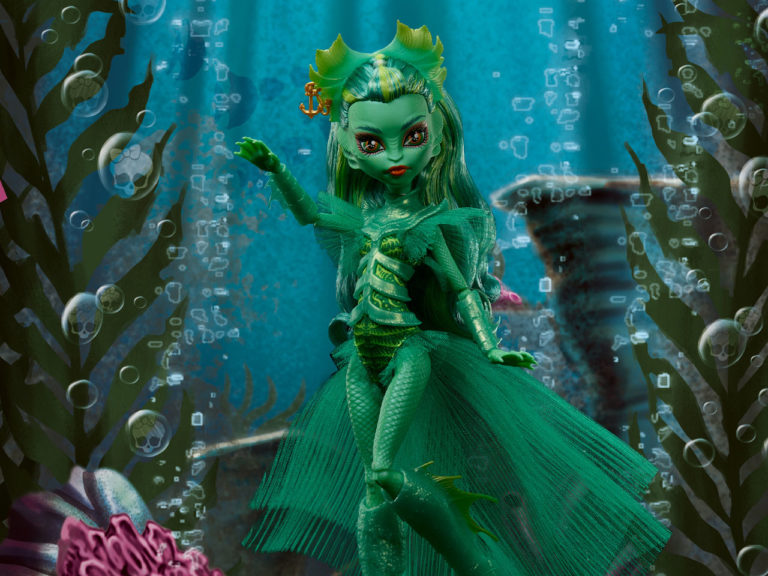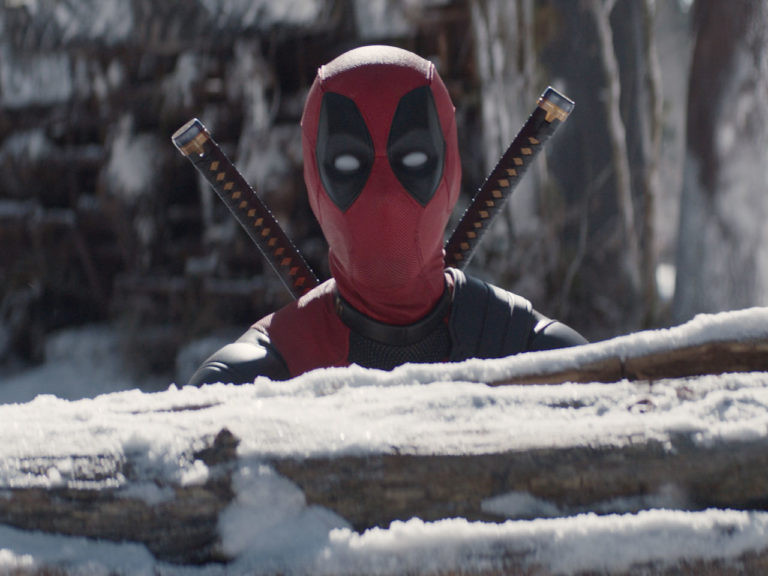
In this annual, Matthew Rosenberg joins James Tynion to take a step away from the present day tale going on in The Joker to focus on one further back in Gotham’s history. The narrative here takes a look at an early case where Gordon and Joker faced off, close to the start of both their careers.

For a while after reading this annual I wasn’t sure how to feel about it. I liked the first half, the characters felt good, the story was interesting, and I found myself looking forward to seeing some of Jim’s early days. But there’s a lot of elements in the second half that I really wasn’t a fan of that kind of drag it down a bit for me.
So what does happen in this annual? We’re treated to a story set roughly during Batman’s early years. He and Jim have cleared out most of the city’s crime bosses, and some of the corruption in the police force. The annual focuses on these early days and the power struggles happening as Gotham settles into a routine free of mobsters running the show and what groups rise up to take over that spot in their absence. Specifically, it explores the start of the Rouges –in this case focused on The Joker– starting to build up their own crews and vying for power.

It’s actually a really interesting idea to set a story in this weird in-between time period. We as readers have seen the decline of stories focused on mobs and organized crime switched out for tales focused on Rogues Gallery and problems centered around the fate of the city more and more especially in recent years. Tynion and Rosenberg comment on that here, pointing out just how different the narratives are now versus what they were when Batman was starting out. On a meta level its interesting to see writers taking the time to tell a story about this transition, and on a story level he makes it very plausible. There is a power vacuum, and someone’s going to rise to fill it with that someone being the Rogues. On the flip-side, it’s also interesting to see how the GCPD reacts to everything changing around them, from Jim cleaning house internally to Batman working on organized crime in the city.
Most of the narrative focuses in on Jim and his own crusade to clear out the rest of the bad cops at the precinct. Irritated that his staff is still full of officers either lazy or more eager to shoot than listen he starts cleaning house, and causes some drama along the way. The story does a good job in the first half really setting up Jim’s frustration, and his own conflict between his co-workers and even Barbara who doesn’t think it’s the best idea to fire every bad cop in the city. I’ve always liked Jim Gordon as the good, upstanding, commissioner and it’s interesting here to see him taking these types of steps, even if you can tell he probably needs to slow down and think things through a little bit.
Since this is also a book about the Joker, the story also acts as a kind of origin story to his initial rise to power. Playing into the power struggles idea, Tynion and Rosenberg craft a tale of him setting a plot to take his place as the Clown Prince of Crime. Unfortunately when you look at the plan closely there’s some elements that just don’t ring right. Joker’s been faking being incompetent for months so he can have a big comeback where he proves he’s a real threat. That tracks. What doesn’t is the pure luck and implausible events that come after. His goons are newly fired bad police officers. Yes he’s smart enough to hire them, but unless he tricked Jim into firing them what was his backup plan, who was he going to hire originally? It’s also heavily implied that he knows that Barbara Gordon is Batgirl. The assumption we’re supposed to make is that he figured this out because of his obsession with Jim–since he later uses this fact to torment Jim during a crime. It makes no sense for him to magically know this fact. So much of this plan plays into this idea that Joker is all knowing and all powerful and I just don’t like that characterization for him at all.
It also goes into my biggest issue with both this issue and where the series is going, which is Tynion forcing both Joker and Jim to be obsessed with each other. I don’t think it adds anything to either character, or works for them at all. In both cases there isn’t any strong reasoning for them to be so obsessed. You could make the case that Jim is because of how Joker’s attacked him in the past, but no other book I’ve read really has shown him to react by being obsessed with Joker. And with Joker it makes even less sense. As much as I’m not a fan of the emphasis many writers put on Joker and Batman being focused on each other, it at least tracks. Jim’s a commissioner who hasn’t really don’t anything to get Joker’s attention–let alone so much of it that he’s sussed out who his daughter is and has been personally attacking him for years.
All of this feels very much like Tynion trying very hard to justify this whole series–and honestly? It doesn’t need it. The premise for this whole story is enough. Jim at his wits end with Joker, stressed, jobless, and offered a chance to go after him? That plus seeing how he grapples with the idea of being a good person versus just putting a bullet in Joker’s head justifies the book. We don’t need…whatever all this is.

Francesco Francavilla is on art and colors here and unfortunately they’re just not working for me. Compared to Black Mirror everything in this book feels very simple art wise. Especially the characters, they are often a bit blobby and undetailed. Take this shot of Joker and co, the city looks great behind them but the characters themselves lack anything that really excites me. And it’s this style through the whole book.

I’m also not that impressed with the colors. Francavilla’s pallet here often feels very same-y, as he picks just a few colors to really utilize through the whole book. Mostly it’s oranges and reds, with some blue and purples mixed in. Instead of really highlighting moments or expressions, it often makes panels and pages feel muddled together in a way that doesn’t guide my eyes, instead makes me get a bit lost in the image.

So as not to be all negative, there are a few panels here and there I really enjoyed. There’s a page where Gordon’s having a serious meeting that catches the eye in all the ways I wish this whole book would. Here, Francavilla gives us detailed characters reminiscent of his work on Black Mirror and the colors work really well to light the scene. I just wish we had more of this style in the book.
Tynion and Rosenberg wrap the annual up in a way that makes the story very self contained, meaning you could pick it up if you just wanted a taste of what this book is, or if you wanted a bit more backstory to what’s going on in the main story. The ending focuses on Joker jabbing at Jim, and if I’d read it outside the context of this series in general I think I might have enjoyed it more. As it stands though, it feels like a repetition of many things I haven’t liked very much at all.
Recommended If
- Early tales of Gotham are your thing
- You want to see Jim attempting to clean up the police force
- Gotham’s power structure changing is something you want explored
Overall
As a bit of backstory to The Joker I don’t really know what this issue adds to the story. We’ve seen both Jim and Joker’s obsession for one another highlighted already, as well as Joker having bigger plans than he lets on about. It does tackle the interesting idea of power dynamics shifting from mobs to Rogues here, which I did like. If you want a book that feels like it adds to the mythos of The Joker I don’t know if I can recommend it but, if you just want an interesting story about Jim Gordon’s early days, it’s got quite a bit here to enjoy.
Score: 6/10
DISCLAIMER: DC Comics provided Batman News with a copy of this comic for the purpose of this review.


